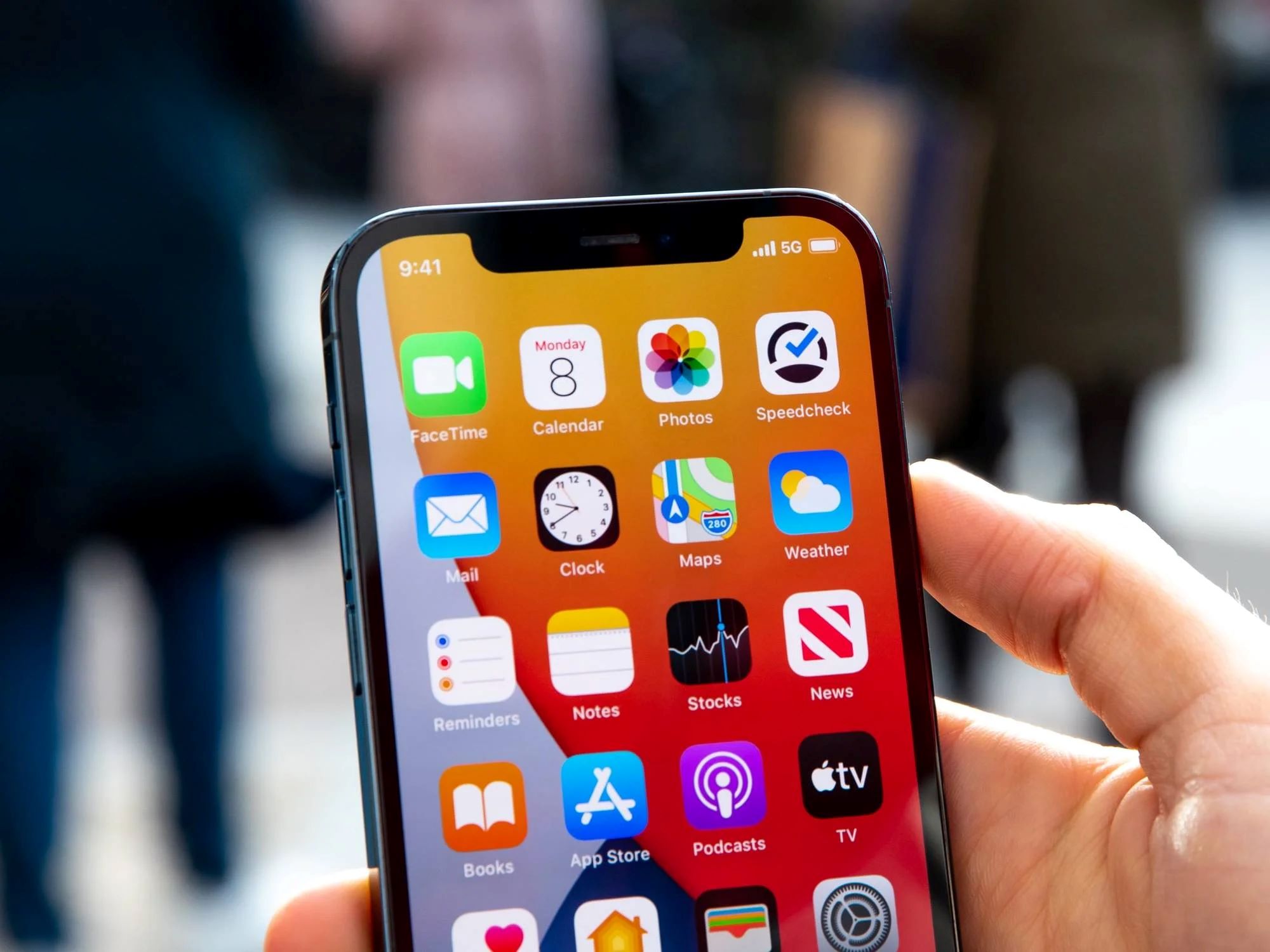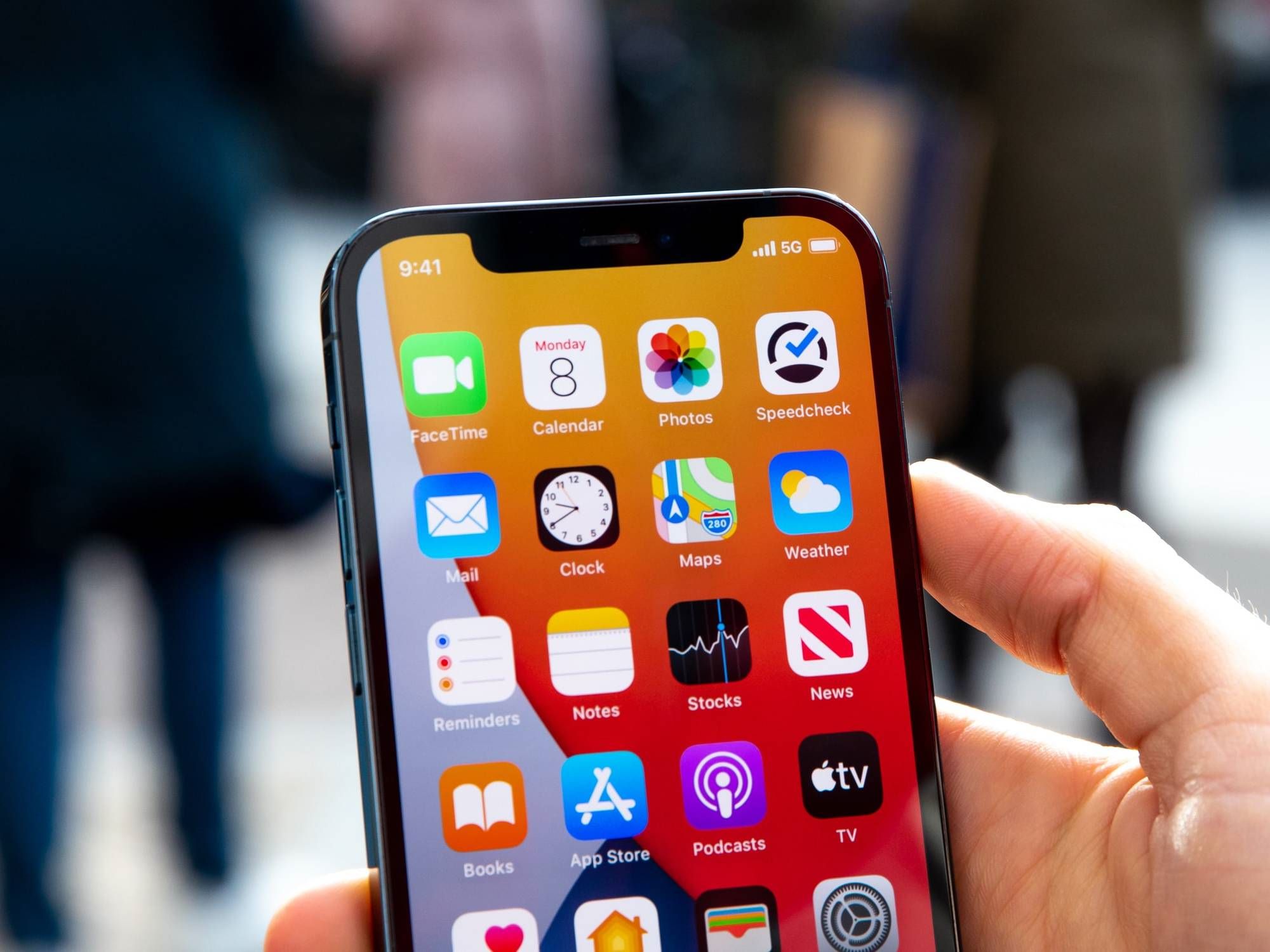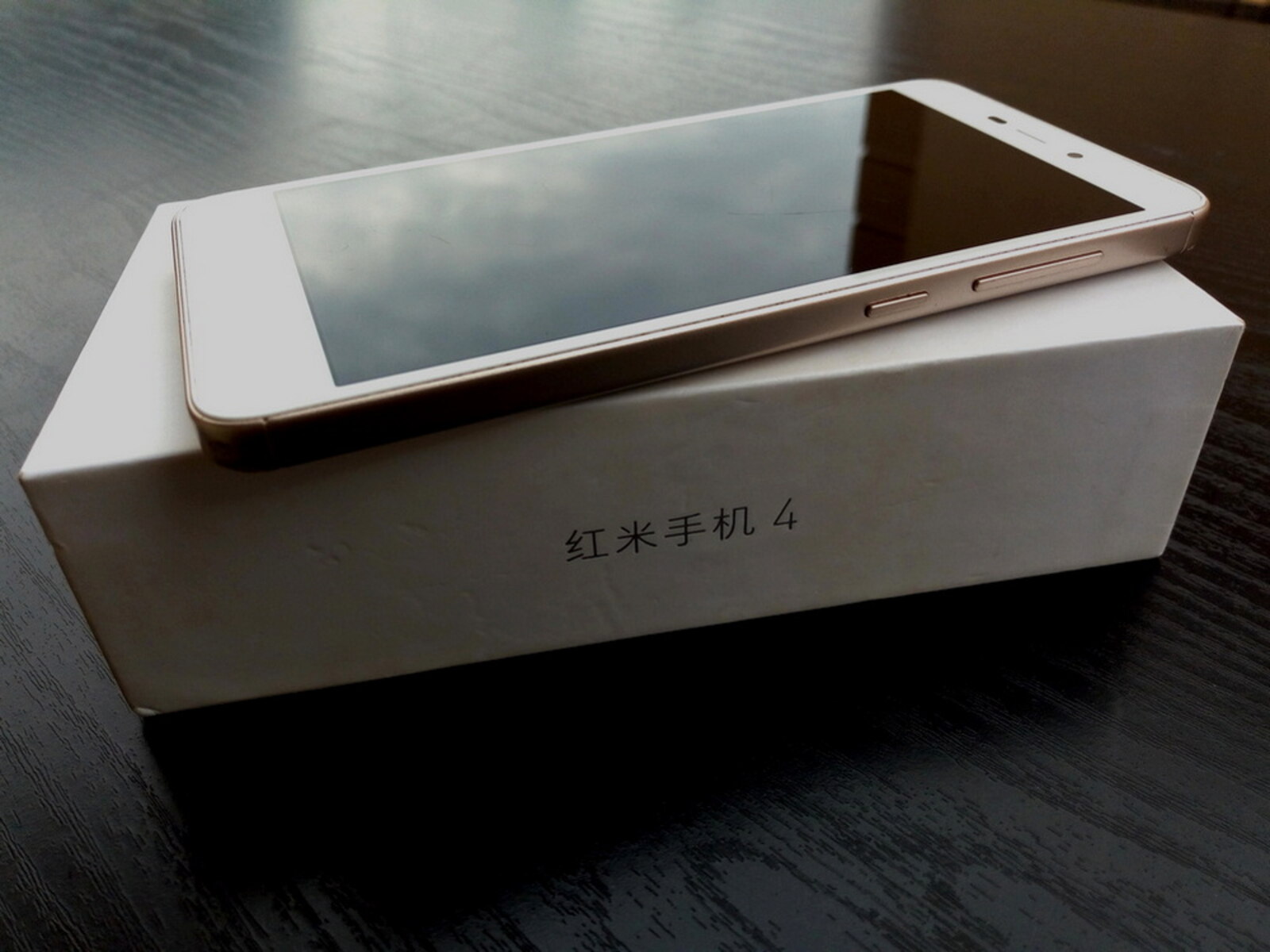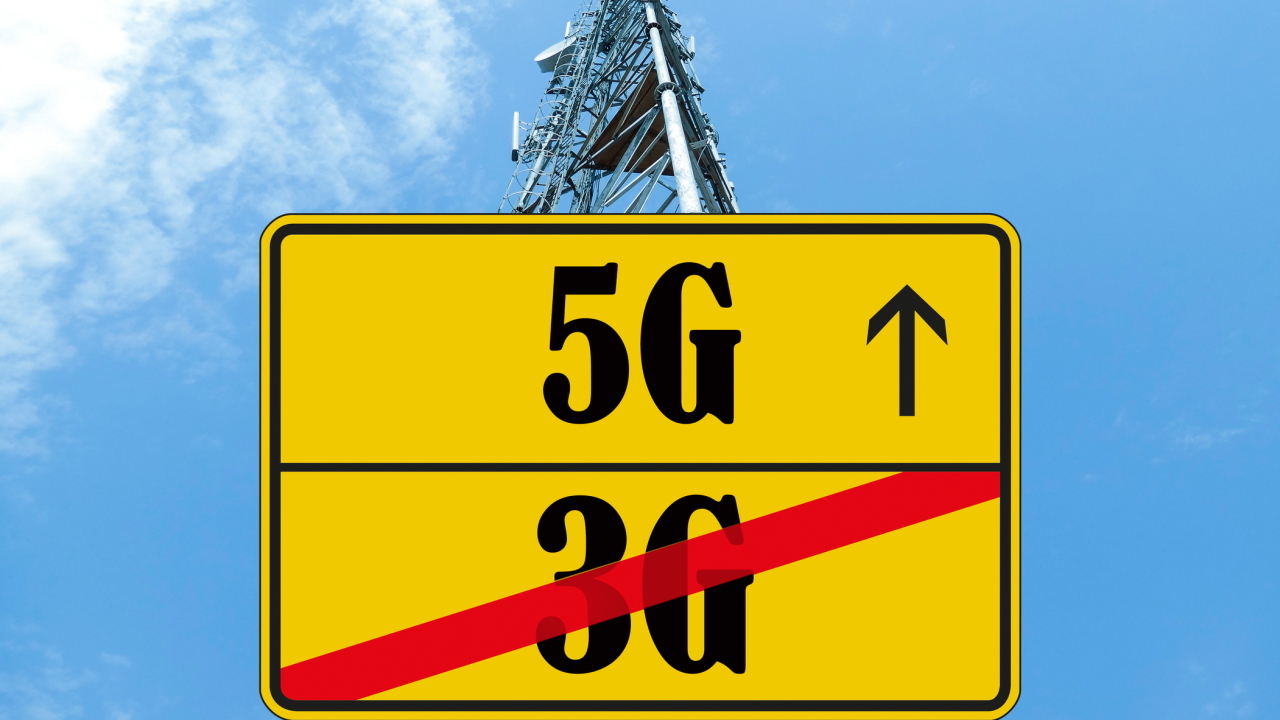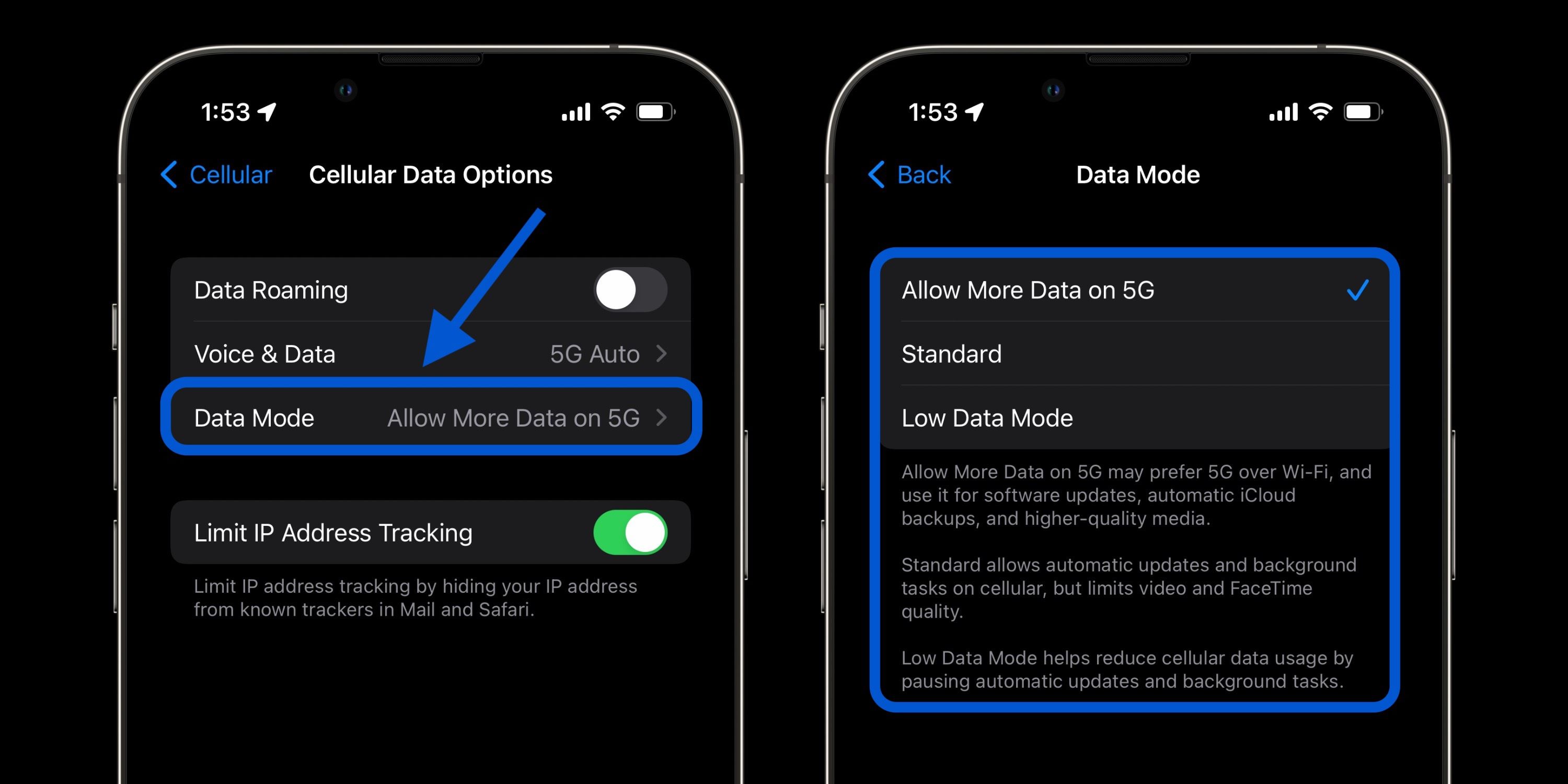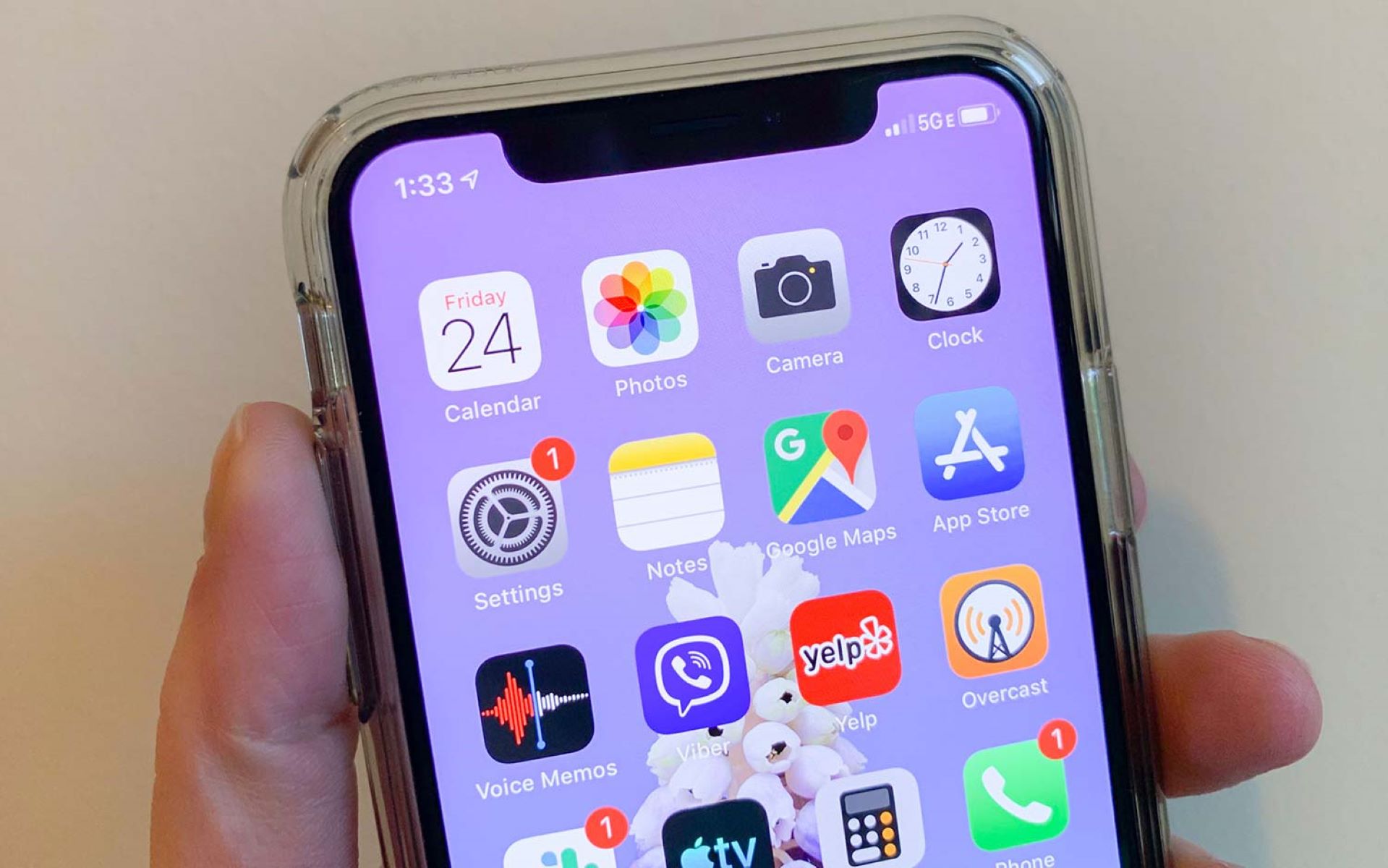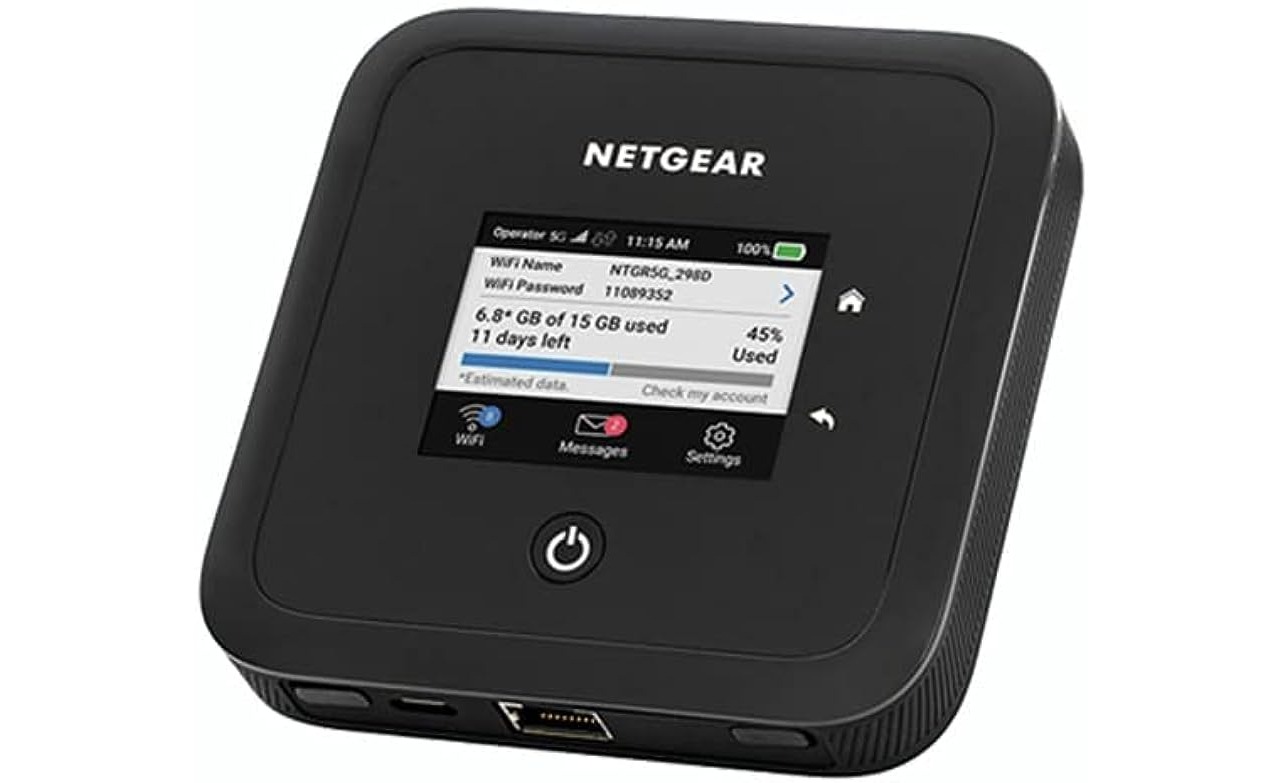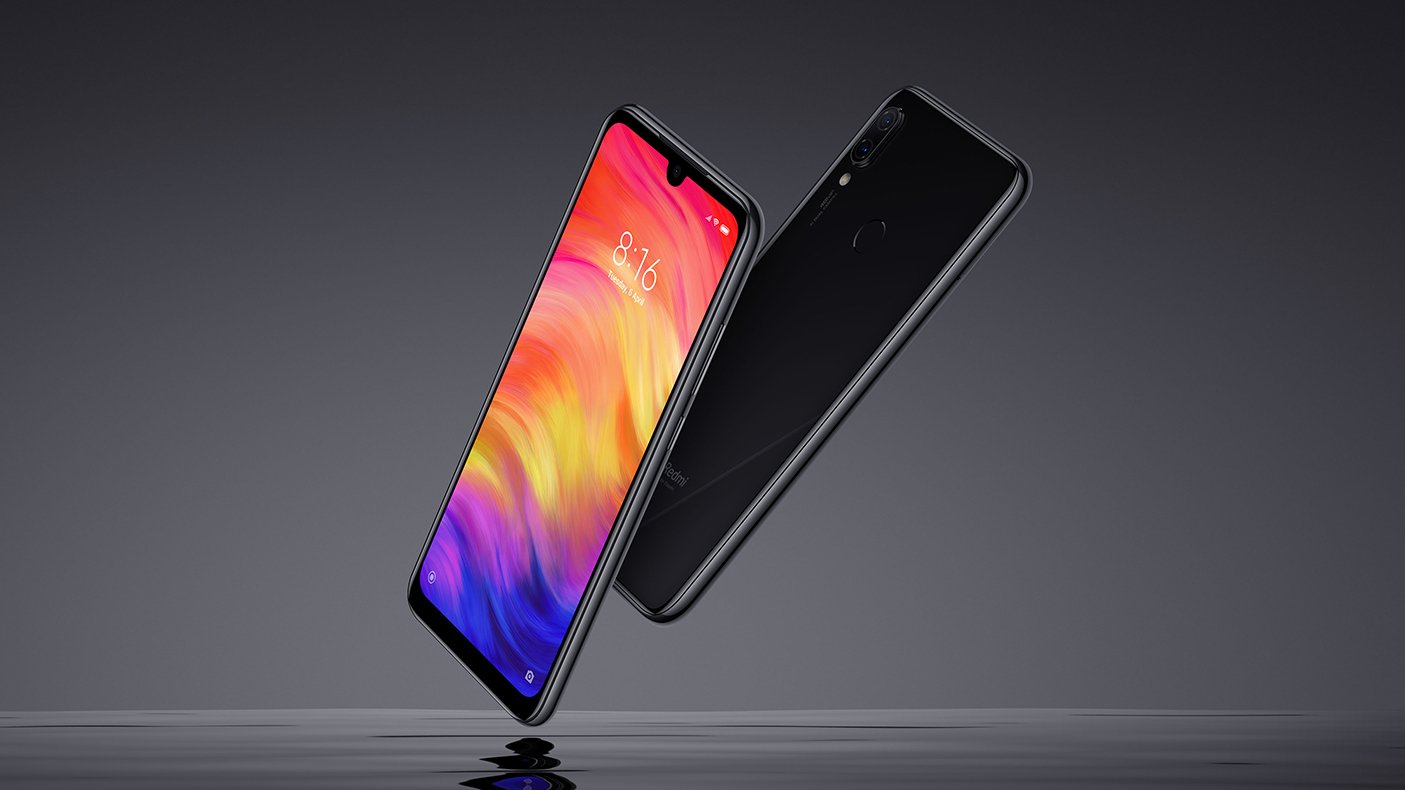Introduction
Welcome to the future of wireless connectivity! As technology advances, so does our demand for faster and more reliable internet speeds. One of the latest developments in this field is the transition from LTE (Long-Term Evolution) to 5G (Fifth Generation). With 5G, you can expect lightning-fast download and upload speeds, reduced latency, and improved network capacity. In this article, we will guide you through the process of switching from LTE to 5G, ensuring that you can enjoy the full benefits of this cutting-edge technology.
But first, let’s understand the difference between LTE and 5G. LTE has been the standard for wireless communication for many years. It provided significant improvements over 3G networks, enabling faster data transfer speeds and enhancing the overall user experience. However, as our reliance on mobile devices and data-intensive applications continues to grow, LTE’s limitations become more apparent. This is where 5G comes into play.
5G is the next generation of wireless technology that promises to revolutionize the way we connect to the internet. It boasts speeds up to 20 times faster than LTE, enabling rapid download and upload speeds that can reach up to several gigabits per second. This means you can download movies, stream high-definition videos, and play online games without any buffering or lag. Additionally, 5G offers significantly reduced latency, which means faster response times for real-time applications like video conferencing and online gaming.
So why should you switch to 5G? The answer lies in its numerous advantages over LTE. Apart from faster speeds and lower latency, 5G provides increased network capacity, allowing more devices to connect simultaneously without sacrificing performance. This is especially beneficial in densely populated areas or during events where multiple users are accessing the network simultaneously. With 5G, you can expect a more reliable and consistent connection, even in crowded environments.
Another reason to make the switch is the potential for new and innovative applications that will utilize the capabilities of 5G. From smart cities and autonomous vehicles to virtual reality and augmented reality experiences, 5G will open up a world of possibilities and transform various industries. By embracing 5G, you are preparing yourself for the future and ensuring that you can take full advantage of emerging technologies.
Before diving into the process of switching from LTE to 5G, it’s essential to check if your device is 5G compatible. While most new smartphones and devices released in recent years support 5G, older models may not have this capability. In the next section, we will guide you on how to determine if your device can connect to a 5G network. So, let’s dive in and make the transition to 5G!
Understanding LTE and 5G
Before we delve into the process of switching from LTE to 5G, let’s take a closer look at these two wireless communication technologies and understand their key differences.
LTE, which stands for Long-Term Evolution, was introduced as the 4G standard and has been widely adopted around the world. It brought significant improvements over its predecessor, 3G, delivering faster data transfer speeds and better overall network performance. LTE was designed to handle the increasing demand for mobile data and support advanced applications like video streaming, online gaming, and video conferencing. It operates on a frequency spectrum allocated specifically for 4G networks.
On the other hand, 5G, also known as the Fifth Generation, represents the next leap in wireless technology. It aims to provide even faster speeds, lower latency, and increased network capacity compared to LTE. 5G operates on a higher frequency spectrum, enabling more data to be transmitted wirelessly. This higher frequency range allows for faster data transfer rates, reducing download and upload times significantly.
One of the key differences between LTE and 5G is the capacity to support a massive number of connected devices simultaneously. While LTE networks can handle a substantial number of users, 5G takes it to a whole new level. With its advanced network architecture and high-frequency bands, 5G can support a vast number of devices in dense urban areas, stadiums, and other crowded environments without experiencing significant performance degradation.
Another crucial aspect where 5G outshines LTE is latency. Latency refers to the delay between sending a data request and receiving a response. Lower latency results in faster response times, which is critical for applications that require real-time communication, such as online gaming and autonomous vehicles. While LTE has achieved impressive latency reductions compared to 3G, 5G takes it even further, aiming for near-instantaneous communication.
Although 5G offers tremendous advantages over LTE, it’s worth noting that the transition won’t happen overnight. 5G networks are still being deployed globally, and coverage may vary from one area to another. In the next sections, we will guide you on how to check the network coverage in your specific location and how to activate 5G on your compatible device.
Now that you have a better understanding of LTE and 5G, let’s move forward and explore the steps to switch from LTE to 5G, ensuring that you can experience the maximum potential of this cutting-edge technology.
Reasons to Switch to 5G
The transition from LTE to 5G offers several compelling reasons to make the switch. Let’s explore some of the key reasons why you should consider upgrading to 5G:
- Lightning-fast speeds: 5G delivers download and upload speeds that are up to 20 times faster than LTE. With speeds that can reach up to several gigabits per second, you can stream high-definition videos, download large files, and access data-intensive applications seamlessly.
- Reduced latency: Latency refers to the delay between sending a request and receiving a response. 5G aims to significantly reduce latency, enabling real-time communication and immersive experiences. This is particularly advantageous for applications like online gaming, video conferencing, and autonomous vehicles.
- Increased network capacity: 5G networks can handle a massive number of connected devices simultaneously. This is especially important in densely populated areas or crowded environments where multiple users are accessing the network simultaneously. With 5G, you can expect a more reliable and consistent connection even in high-demand situations.
- Enhanced browsing experience: With faster speeds and lower latency, browsing the internet on 5G becomes a breeze. Webpages load instantly, online videos play smoothly without any buffering, and downloads complete in a fraction of the time. 5G empowers you to explore the online world without any interruptions or delays.
- Unleashing the potential of IoT: The Internet of Things (IoT) is an interconnected network of devices that communicate and share data with each other. 5G’s enhanced network capacity and low latency are essential for the widespread adoption of IoT devices. From smart homes and wearable devices to industrial applications, 5G unlocks the full potential of IoT technologies.
- Embracing future technologies: As technology continues to advance, new and innovative applications will emerge that rely on the capabilities of 5G. From augmented and virtual reality experiences to advanced artificial intelligence and autonomous systems, 5G lays the foundation for the future. By switching to 5G, you are positioning yourself to take full advantage of these cutting-edge technologies.
These are just a few of the many reasons why transitioning from LTE to 5G is highly advantageous. Whether it’s the blazing-fast speeds, reduced latency, increased network capacity, enhanced browsing experience, unlocking the potential of IoT, or embracing future technologies, 5G offers a world of possibilities. Now that you understand the benefits, let’s check if your device is 5G compatible so that you can make the most of this next-generation wireless technology.
Is Your Device 5G Compatible?
Before making the switch from LTE to 5G, it’s important to ensure that your device is compatible with the new technology. While most new smartphones and devices released in recent years are 5G capable, older models might not have this functionality. Here’s how you can check if your device is 5G compatible:
- Check the device specifications: Start by reviewing the specifications of your device. Look for information about 5G connectivity or bands supported. This information can usually be found on the manufacturer’s website, in the device manual, or through a quick internet search. If your device supports 5G, you’re good to go.
- Contact your service provider: Reach out to your mobile service provider and inquire about 5G compatibility. They can provide you with information about your device’s compatibility and guide you through the transition process if needed. They may also offer trade-in or upgrade options if your current device doesn’t support 5G.
- Use online compatibility checkers: Several online tools and websites allow you to enter your device model and check its compatibility with 5G networks. These tools can provide you with detailed information about the network bands supported by your device and whether it can connect to 5G networks.
It’s worth noting that even if your device is 5G compatible, you may still need to activate 5G on your device or upgrade your mobile plan to access the new technology. Reach out to your service provider for specific instructions on activating 5G.
If your current device is not 5G compatible, you have a few options. You can choose to continue using your device on the existing LTE network, upgrade to a newer 5G-capable device, or explore trade-in options provided by your mobile service provider.
Now that you have determined if your device is 5G compatible, the next step is to check the 5G network coverage in your area. This will help ensure that you can fully enjoy the benefits of 5G connectivity without any connectivity limitations. In the following section, we will guide you through checking the network coverage and provide instructions on activating 5G on your compatible device.
Steps to Switch from LTE to 5G
Now that you have ensured that your device is 5G compatible, it’s time to make the switch from LTE to 5G. Follow these steps to transition smoothly and start experiencing the benefits of 5G:
- Check network coverage: Start by checking the 5G network coverage in your area. Different service providers have varying levels of 5G deployment, so it’s essential to ensure that your location is covered. You can check coverage maps provided by your service provider or use online tools that provide information on network coverage in specific areas.
- Contact your service provider: Reach out to your mobile service provider to initiate the switch to 5G. They will guide you through the specific steps needed to activate 5G on your device, which may include upgrading your mobile plan or changing your SIM card.
- Upgrade your mobile plan: Depending on your current plan, you may need to upgrade to a 5G-enabled plan to access the new network. Your service provider can provide details about available plans and help you choose the one that best suits your needs.
- Activate 5G on your device: If your device supports 5G, you may need to activate 5G on your device settings. This process can vary depending on the operating system of your device. For iOS devices, you can go to Settings > Cellular > Cellular Data Options > Voice & Data, and select 5G. For Android devices, you can go to Settings > Network & Internet > Mobile Network > Preferred Network Type, and select 5G or a similar option.
- Restart your device: After activating 5G on your device, it’s a good idea to restart it to ensure that the changes take effect. This will allow your device to establish a connection with the 5G network and start enjoying the benefits.
- Test your connection: Once your device has restarted, perform a speed test or try accessing data-intensive applications to ensure that you are connected to the 5G network. You should notice a significant improvement in speeds and a smoother browsing experience.
By following these steps, you can seamlessly transition from LTE to 5G and start enjoying the enhanced connectivity and performance that 5G offers. If you encounter any issues during the switch, don’t hesitate to reach out to your service provider for further assistance. Now, let’s move on to the next section to learn how to check the network coverage in your area.
Checking Network Coverage in Your Area
Before fully embracing 5G, it’s important to check the network coverage in your specific area. Here are a few steps you can take to ensure that you have access to a reliable and robust 5G network:
- Consult your service provider: Start by reaching out to your mobile service provider and asking about their 5G network coverage. They can provide detailed information about the areas where 5G is available, as well as any upcoming expansion plans.
- Check coverage maps: Most service providers have interactive maps on their websites that allow you to check the network coverage in your area. These maps typically display the areas with 5G coverage and may provide additional details about the signal strength in different locations.
- Use online coverage checkers: Several websites and apps provide independent coverage checkers that allow you to search for 5G coverage in your area. Simply enter your address or location, and the tool will display the available networks and their coverage quality.
- Community forums and social media: Join online forums or groups dedicated to your specific service provider or local area. Engage with other users and inquire about their experiences with 5G coverage. You can also find valuable insights on social media platforms by searching for hashtags related to 5G and your location.
- Visit service provider stores: If you want more localized information, you can visit a nearby store or authorized retailer of your service provider. The staff can provide firsthand knowledge about 5G coverage in your immediate vicinity.
Keep in mind that 5G network coverage is still expanding, and the availability may vary from one area to another. It’s important to regularly check for updates on coverage, as service providers continuously deploy new towers and expand their 5G network footprint.
Once you have confirmed that there is robust 5G coverage in your area, you can proceed with activating 5G on your device and start enjoying the enhanced speeds and capabilities.
In the next section, we will guide you through the process of activating 5G on your device, ensuring that you are ready to experience the full benefits of this next-generation wireless technology.
Activating 5G on Your Device
Once you have confirmed that your device is 5G compatible and you are in an area with adequate network coverage, it’s time to activate 5G on your device. Follow these steps to enable 5G connectivity:
- Check for software updates: Ensure that your device is running the latest software version. Software updates often include improvements and bug fixes related to network connectivity, including 5G support. Check your device’s settings for any available updates and install them if necessary.
- Navigate to your device’s settings: Depending on your device’s operating system, go to the “Settings” menu. For iOS devices, tap on the “Settings” icon, while Android devices may have a gear or three-dot icon representing settings.
- Look for the network settings: In the settings menu, find the section related to “Network” or “Connections.” This section may be labeled differently based on the device and operating system.
- Select “Mobile Network” or similar option: Within the network settings, look for the option that allows you to manage your mobile network or cellular settings.
- Choose 5G mode: Once you access the mobile network settings, look for the preferred network mode or type. Depending on your device, it may be listed as “Network Mode,” “Preferred Network,” or a similar option. Select 5G as the preferred mode if it is listed. If you don’t see a specific 5G option, select “LTE/5G” or a similar setting that combines LTE and 5G connectivity.
- Save settings and restart your device: After selecting the 5G mode, save the settings and restart your device. This helps ensure that the changes take effect and your device establishes a connection to the 5G network.
- Confirm 5G connectivity: Once your device restarts, check for the 5G symbol or indication in the status bar or network settings. The symbol may vary depending on the device and operating system but is often represented by “5G” or a similar icon.
- Perform a speed test: To confirm that you are connected to the 5G network and experiencing the improved speeds, perform a speed test using a reputable speed testing app or website. Compare the results with your previous network connection to observe the difference.
If you encounter any issues during the activation process, or if the 5G network is not available despite being in a coverage area, contact your service provider for assistance. They can provide specific instructions or troubleshoot any problems you may be facing.
Congratulations! You have successfully activated 5G on your device. Now you can enjoy the lightning-fast speeds, reduced latency, and enhanced network capacity provided by 5G technology.
In the final section, we will discuss some common issues that you may encounter and provide troubleshooting tips to help you resolve them.
Troubleshooting Common Issues
While activating 5G on your device is usually a smooth process, you may encounter a few common issues along the way. Here are some troubleshooting tips to help you resolve these issues and ensure a seamless 5G experience:
- No 5G signal: If you do not see a 5G signal indicator after activating 5G on your device, it could be due to limitations in network coverage or compatibility. Check the network coverage in your area and ensure that your device is 5G compatible. You may also try restarting your device or contacting your service provider for assistance.
- Weak signal or intermittent connectivity: If you experience a weak 5G signal or intermittent connectivity, try moving to a location with better network coverage. Obstructions like buildings or geographical features may affect signal strength. Alternatively, you can contact your service provider to inquire about signal boosters or other solutions to improve connectivity.
- Slow speeds: If you’re not experiencing the expected speeds on your 5G connection, there could be various factors at play. Check if you have reached your data limit or if the network is experiencing congestion. You can also try resetting your device’s network settings or contacting your service provider for further troubleshooting.
- Battery drain: Some users may notice increased battery drain when using 5G due to its higher data transfer capabilities. To optimize battery life, ensure that apps running in the background are minimized, disable unnecessary location services, and adjust your device’s screen brightness. Additionally, enable power-saving features provided by your device’s operating system.
- Compatibility issues with certain apps or accessories: While most apps and accessories should work seamlessly with 5G, some older or less frequently updated ones may encounter compatibility issues. Try updating your apps to the latest versions or contact the app developer or accessory manufacturer for any available updates or compatibility support.
If you have exhausted these troubleshooting steps and are still experiencing issues with your 5G connection, it is recommended to reach out to your service provider for further assistance. They can offer specific guidance based on your device, network coverage, and individual circumstances.
By addressing these common issues, you can overcome any potential roadblocks and enjoy the full benefits of 5G technology. Now that you are equipped with troubleshooting knowledge, you can confidently navigate any challenges that may arise during your 5G journey.
Conclusion
Transitioning from LTE to 5G is an exciting step towards a future of faster, more reliable, and connected experiences. In this article, we explored the key differences between LTE and 5G, the reasons to switch to 5G, and how to check if your device is 5G compatible. We also discussed the steps to activate 5G on your device, how to check network coverage in your area, and provided troubleshooting tips for common issues.
With 5G, you can enjoy lightning-fast download and upload speeds, reduced latency for real-time applications, increased network capacity for multiple connected devices, and a more immersive browsing experience. The potential of 5G extends beyond faster internet speeds, unlocking innovative technologies like the Internet of Things (IoT), augmented reality, and autonomous systems.
As you make the switch to 5G, it’s important to keep in mind that network coverage and availability may vary in different areas. Checking network coverage, ensuring device compatibility, and activating 5G on your device are crucial steps to guarantee a smooth transition.
Should you encounter any issues along the way, reaching out to your service provider can provide valuable assistance and guidance. They can address concerns, provide troubleshooting support, and offer information on network expansion plans.
Now that you have the knowledge and steps necessary to switch from LTE to 5G, embrace the future of wireless connectivity and explore the endless possibilities that 5G has to offer. Stay connected, enjoy the enhanced speeds and capabilities, and be prepared to immerse yourself in a world of innovative technologies powered by 5G.







